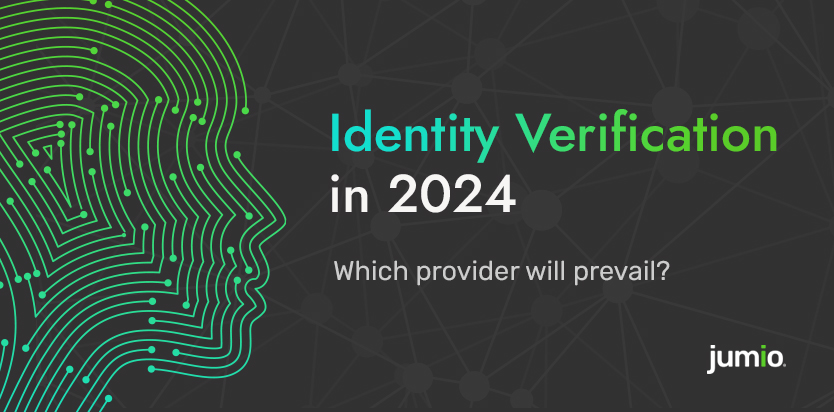
Customer requirements are transcending traditional know your customer (KYC) use cases, with identity verification now encompassing a broader range of applications in marketplaces, workforces and security. Gartner predicts that by 2027, the global demand for individual identity verification point tools will decrease by 20% due to the increasing need for all-in-one digital identity platforms. As the demand for digital identity verification solutions escalates, the landscape is poised for a transformative shift in the year to come.
A battle for market leadership
The identity verification market is crowded with numerous vendors providing seemingly identical core capabilities. This homogeneity is causing buyer confusion and many end-user organizations resort to selecting vendors that have the strongest presence and experience in their region or country. To rise above the noise, identity verification providers must differentiate themselves by introducing new value-added features such as enhanced fraud detection and low-code integrations.
An era of identity verification consolidation
Compliance mandates around KYC and data protection are becoming increasingly complex, and organizations that fail to adapt have a lot to lose. In response, many have resorted to deploying numerous disparate tools from different vendors to keep up with each required procedure. But this approach isn’t cheap, nor sustainable and many organizations are already coming to this realization. Businesses are also demanding identity verification tools that provide a slick and seamless user experience to prevent user frustration and abandonment.
We are in the midst of a transition period among identity verification vendors as end-user organizations turn to comprehensive platforms as opposed to individual features. In 2024, we will witness an industry consolidation among identity verification providers. These vendors will either face a merger, acquisition or be forced out of business altogether.
Which identity verification solution is right for you?
Selecting the right identity verification vendor can be confusing for many end-user organizations. After all, each one has its own capabilities and supports different use cases. To navigate the complexities of choosing an identity verification provider, buyers should undertake the following evaluation process:
- Select vendors that provide identity verification capabilities most relevant to your business, but that also go beyond traditional features like low-code implementation, connectivity to data affirmation sources and enhanced fraud detection.
- Assess whether there are numerous use cases in your organization where there is potential for enhanced security and/or user experience.
- Evaluate each vendor’s ability to anticipate and respond to evolving market trends and rigorously test their suitability for addressing your specific business requirements.
- Verify that the vendor can accurately detect deepfake attacks with a layered approach that looks at metadata, image inspection, device profiling and both passive and active liveness detection.
Jumio is trusted by the world’s leading brands to provide them with intelligent solutions at every step of the user journey. Using the unparalleled global coverage, size and scale of our data network, we drive AI and machine learning to identify and stop fraud and financial crime, while providing the highest level of accuracy and eliminating bias.
Learn more about Jumio’s award-winning identity verification capabilities.
